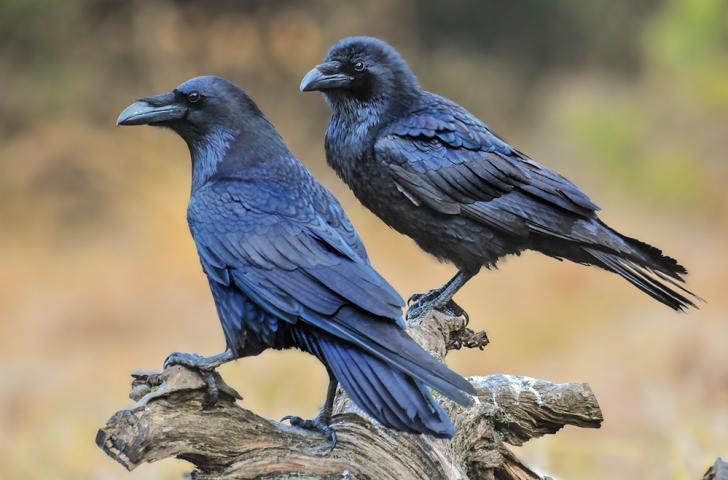The Science Behind Three Creepy Creatures
Everyday STEM Trends in STEMDate October 8, 2024
Est. Reading Time 3 mins
With the chilly days and eerie nights of autumn in full swing, you may see a couple common creatures referenced everywhere from the media to haunted houses and even your seasonal home décor. Why are these animals commonly associated with Halloween, and how do they thrive year-round? Keep reading to uncover the science behind the secret lives of this season’s supposedly scary stars!
Bats
These nocturnal critters are just getting up when the sun goes down, but that doesn’t make them scary. Nor are they connected to vampires as fantasy suggests. Bats may have a sinister reputation, but they play a crucial role in the ecosystem by controlling insect populations, dispersing certain seeds and even taking the nightshift for pollinating plants. While bats are out hunting insects at night, they don’t rely on vision alone – they use an incredible skill known as echolocation! Bats send sound waves out into the air and wait for them to bounce back, alerting them of nearby objects. Try out your own batlike senses with this STEM activity about sound waves.
Ravens
Associated with haunting poems and chilling cries, these jet-black birds, from beak to talon, are picture perfect representations of Halloween. Active during the day and roosting at night, these scavengers eat everything from berries to small animals, and they even steal leftovers from larger predators. As resourceful birds of high intelligence, they will sometimes follow wolves to a food source, steal the eggs of seabird colonies and even hide food away for later. Despite their startling associations, ravens get along well with humans. Perhaps the most frightening thing about these birds is the collective noun used to label a group of ravens – an unkindness or conspiracy.

Spiders
While many fear these eight-legged critters year-round, they tend to gain extra attention at the first signs of an autumn breeze. This is the time that several species of spiders begin to seek a partner and shelter from the cold, so you may notice more active arachnids in the fall. Spiders are common for good reason – they eat harmful insects and provide nutrients to larger creatures. So why are Halloween decorations covered in webs? Spiders have special organs to make and extrude silk used to provide shelter, make webs that catch prey, wrap eggs and even save them from falls. Like bats and ravens, spiders have had many superstitions attached to them throughout history – and we all know walking into an unnoticed web can be quite startling!

Learn More
Keep reading our blog to learn more about science in the world around us.